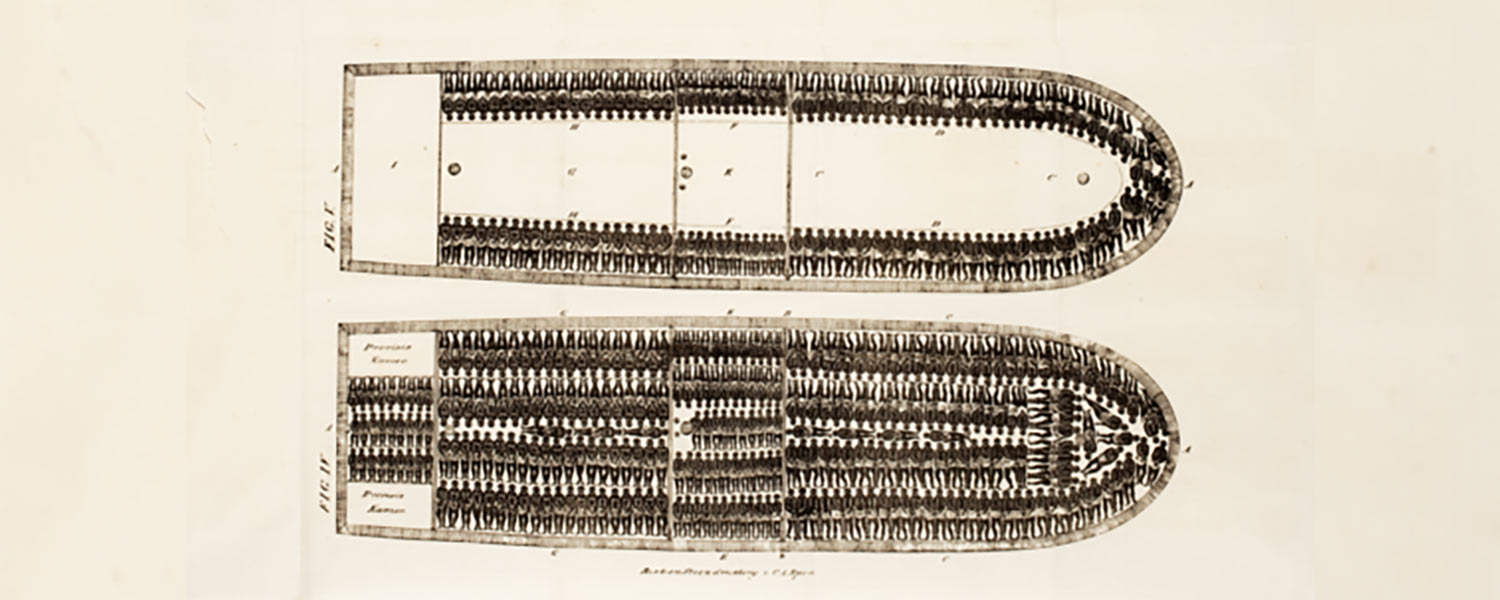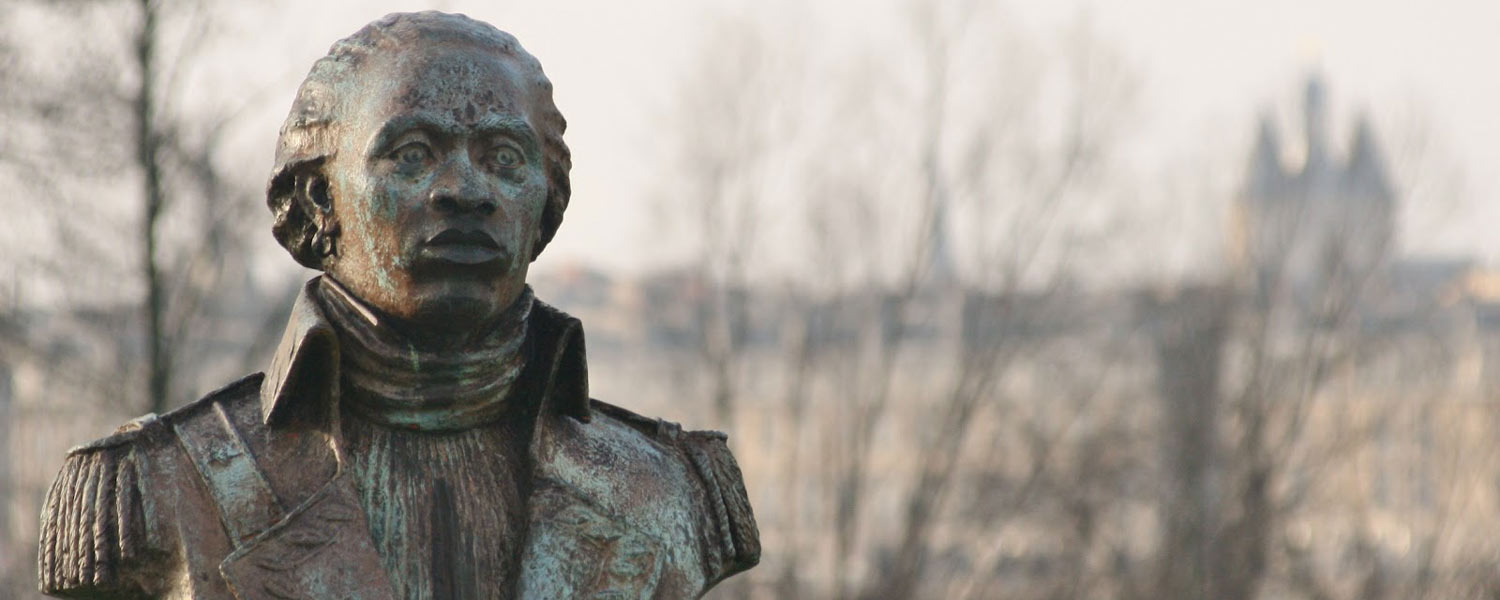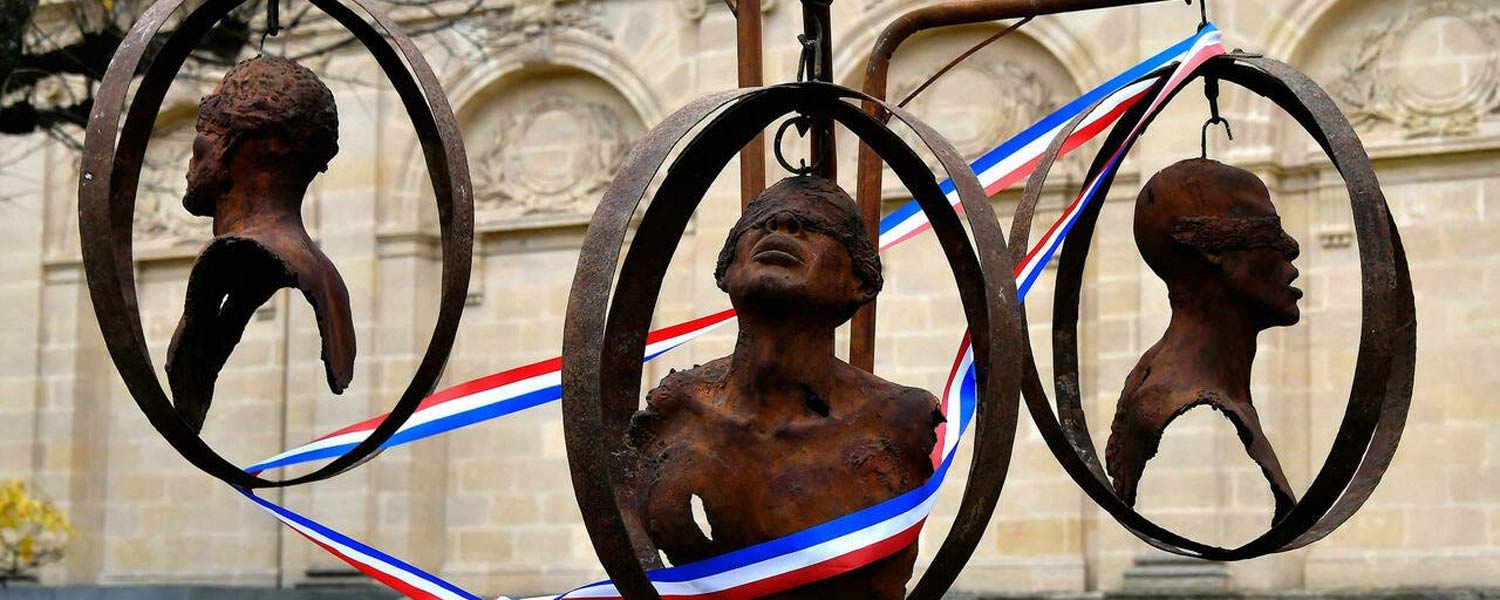Join us to explore the history of Bordeaux as part of this year’s Black History Month. February is Black History Month, and every year we use this time to acknowledge the hardships and struggles – while celebrating the success and innovation – of Black individuals and communities.
As many wine lovers here know, Bordeaux produces some of the most famous and most sought-after wines in the world. But why are Bordeaux wines so famous? Location! The region’s climate and soil bring out the best in the grapes. Its close proximity to a major port has allowed local winemakers easy access to export to markets around the world. With all of the history surrounding this port city and famous wine region, there may be some parts of that history that would surprise you.
Many wine lovers are aware of Bordeaux’s success in winemaking. However, many people are not aware of the city’s involvement in the slave trade from the 17th to the 19th century. Before their involvement in slave trade activities and triangular voyages, Bordeaux would make straightforward transactions with the Caribbean. This included exchanging wine, oil, and flour for local produce.
A Triangular Voyage from Bordeaux
A triangular voyage or trade triangle however, would involve fully loaded vessels leaving Bordeaux. They would arrive on the Eastern Coast of Africa six to eight weeks later. Upon arrival, the enslavers exchanged the food, clothes, arms, wine, and trinkets for the slaves. The enslavers then forced enslaved people into the ships to be ferried dangerously across the ocean. Additionally, enslavers removed the ship steerage cramping and forcing as many slaves as possible to fit into the ship to the Americas. The diagram demonstrates the conditions in which enslaved people were shipped across the waters.

The enslaved people were so poorly and inhumanely transported that at least 10-20% of the individuals would die before arriving. Upon arrival, the enslaved who survived would be sold or auctioned off and set to work on plantations. Due to the harsh conditions they were exposed to, the enslaved people would have a remaining life expectancy of 5 to 6 years.
Meanwhile, the ships would return to Bordeaux carrying tobacco, cotton and other produce and goods. This allowed them to make a hefty contribution to the city’s wealth. This carried on for about 150 years, with over 130,000 people captured, transported, and enslaved.
A City Built on Slavery: Bordeaux Acknowledges the Past
Some former slave-trading cities have come forward to acknowledge their history with large, public memorials. So what is Bordeaux doing to remember its part in the slave trade? Bordeaux’s city government has formed a group to study its slave-trading history. In the mid-to-late 2000’s the city’s government decided to erect statues, plaques and public memorials to address its history in slave trade.
One of the most notable sites is the Square Toussaint L’Ouverture. The square was named after the father of Haitian independence who fought for freedom in Saint-Domingue (now Haiti).
Designed in the shape of a triangle, The “square” symbolized the Trade Triangle. Within the square is a bust of Toussaint L’Ouverture himself. Ludovic Booz, a Haitian artist, sculpted the statue. The Republic of Haiti then donated it to the city of Bordeaux in 2005.

One of the most recent additions to the Bordeaux landscape came in December 2019. This marked the International Day for the Abolition of Slavery. It was a sculpture by Réunionnaise artist Sandrine Plante-Rougeol. She sculpted it in the shape of “strange fruit” and it resembles a tree of some sort. Its three branches echo back to the Trade Triangle, and each one carries a wine barrel hoop that contains a man’s head. To symbolize the lack of their own identity along with fear, pain and abandonment, the men have been blindfolded.

Walking the Streets of Bordeaux with Diallo
Although Bordeaux has risen to acknowledge their dark history, it was not without efforts from people like Karfa Diallo. Born in Dakar, Senegal, immigrated to Bordeaux in 1995. Diallo confronted Bordeaux’s past and had a realization.
“I realized this town enriched itself on the blood and sweat of my ancestors and did nothing to remember this…”
With this, Diallo moved forward and founded a small association “Memoires et Partages” (Memories and Sharing). Their mission is to raise awareness about Bordeaux’s legacy which he believes it has yet to confront. His association was responsible for lobbying municipalities of the cities, to erect plaques and statues to spread knowledge of Bordeaux’s past. Diallo asked the Bordeaux municipalities to take down old street names that were named after enslavers involved in the trade. These included owners and traders. To further educate the public on Bordeaux’s legacy, he requested installing plaques at the streets instead. The municipalities began implementing this in December 2019.
Mémoires et Partages also plans out two-hour walking tours to showcase the history and make it accessible to everyone. Diallo explains in some of the many interviews that his discourse isn’t to shame or be bitter. Instead, his tour “is measured and thought out.” Diallo’s aim is “to try to tell the story of slavery around the world, not just the west…”

As we look back on Bordeaux’s history, it is important to remember, acknowledge and continue to raise awareness for the history of the city. What can you do about it? Talk about it at your next wine get-together! Raise a glass of Bordeaux wine when you do. When you get the chance to visit the famous city, be sure to embark on the Bordeaux Nègre tour by Diallo himself!
